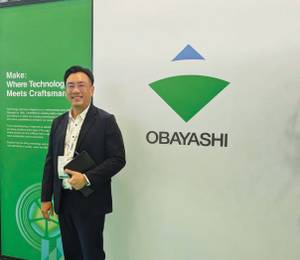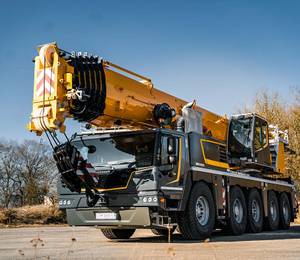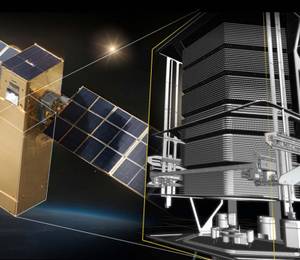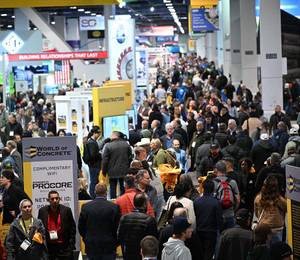To boost its rail infrastructure and connectivity in the Jammu and Kashmir region, India has completed two major projects: the Anji Khad Bridge, the country’s first cable-stayed railway bridge, and the Chenab Bridge, the world’s highest railway arch bridge. They were officially inaugurated by Prime Minister Narendra Modi on 6 June 2025.
According to a statement from the Prime Minister’s Office (PMO), the two bridges are part of the larger Udhampur-Srinagar-Baramulla Rail Link (USBRL) project. This 272-km-long rail line has been built at a cost of around Rs 43,780 crore.
The Anji Khad Bridge, located about 80 km from Jammu city, connects the Katra Banihal section of the USBRL. Spanning the Anji River valley, the bridge towers 331 m above the riverbed and stretches 725 m across, anchored by 96 high-tensile cables.
The inverted Y-shaped pylon climbs 193 m above its foundation. The total length of cable strand used in the bridge is 653 km. The Anji Khad Bridge is designed to endure tremors, strong winds and shifting geology, with over 8,200 t of structural steel used during construction.
The Chenab Bridge, situated at a height of 359 m above the river, rises 35 m higher than the Eiffel Tower. This 1,315-m-long steel arch bridge is also designed to endure harsh terrain and extreme weather. It can withstand wind speeds of up to 260 km/hr and is built to last for 120 years.
Structural steel suitable for temperatures ranging from -10 to 40 °C has been used in the Chenab Bridge, ensuring its durability. The project aims to improve connectivity between Jammu and Srinagar. It will now take just about three hours to travel between Katra and Srinagar, reducing the current travel time by two to three hours.
The USBRL is one of the most ambitious railway projects undertaken in independent India, said the PMO. It includes 36 tunnels, spanning 119 km, and 943 bridges that knit together valleys, ridges and mountain passes. The project will provide all-weather, seamless rail link between the Kashmir Valley and the rest of the country, aiming to transform regional mobility and driving socio-economic integration.
All images and video: PMO India














